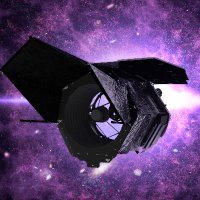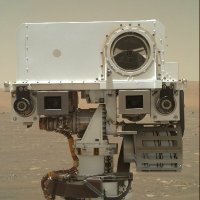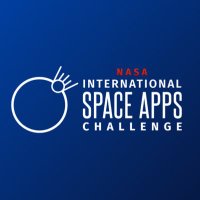
Dr. Nicky Fox
@nasascienceaa
@NASA Science Associate Administrator 🛰️
Rocket Scientist | Pioneer | Explorer 🔭
Verification: nasa.gov/socialmedia
ID: 1569416439831863297
12-09-2022 20:03:40
1,1K Tweet
10,10K Followers
177 Following







Growing plants in space is key for future Moon and Mars missions—but watering them isn’t easy in microgravity: bubbles don’t rise, and droplets don’t fall. Learn how a series of NASA Space Science experiments is tackling this issue aboard the International Space Station: go.nasa.gov/4dnSzNj





Ready to help scientists study noctilucent clouds and to learn how human activities affect our atmosphere? Join NASA Citizen Science’s Space Cloud Watch project by observing the sky and uploading your own photos of noctilucent clouds to the project website: 🔗 go.nasa.gov/43uF21W





On the ISS, bubbles don’t rise, tools float away and air doesn’t move on its own, so experiments in space need to be reimagined from the ground up. A NASA scientist explains how we do research in zero gravity. Learn more about science on International Space Station: go.nasa.gov/3HcDxyd


This month’s #NASAScience image features Cassiopeia A, one of the most studied supernova remnants. Using data from Chandra Observatory and NASA Webb Telescope, researchers have uncovered previously unseen structures within the stellar debris, offering new insights into the complex aftermath of a




NASA NASA Goddard Dr. Nicky Fox NASA Earth That's a wrap! 🎬 Check out more highlights from the Global Winners Celebration on the #SpaceApps Instagram page: bit.ly/3RaW93A













